By Christopher Miskimon
The Japanese superbattleship Musashi was steaming east along with a fleet of other battleships, cruisers, and destroyers on their way toward what was expected to be a climactic battle at Leyte Gulf. At 8:10 am on October 24, 1944, Musashi’s captain ordered the crew to battle stations. An American scout plane had been spotted overhead. The fleet lacked its own air cover, so it had to endure the American plane and expected an attack any time. The fleet commander, Admiral Takeo Kurita, sent a message to his sailors: “Enemy attackers are approaching. Trust in the Gods and give it your best.”
At 9:30 a lookout spotted a trio of what appeared to be more scout planes. Kurita requested air support from land-based fighters, but they never arrived. Less than an hour later the lookouts spotted the first wave of American planes. They were from the U.S. aircraft carriers Intrepid and Cabot, a few dozen torpedo and dive bombers escorted by 21 fighters. Within a few minutes Musashi’s antiaircraft guns were in action, sending rounds skyward at aircraft that plunged down to deliver their deadly payloads. A bomb hit first, but it struck the forward turret, doing no damage. Then a torpedo impacted amidships and four more bombs were near misses; their combined effects were leaks below the ship’s waterline. Musashi developed a list of 51/2 degrees to starboard, but damage control crews were able to reduce that to one degree. The ship still kept pace with the fleet.
[text_ad]
Tragically for the crew, however, Musashi’s trials had only just started. Within an hour another attack occurred; a trio of torpedoes struck the port side along with two more bomb hits. The ship now listed five degrees to port and lost the port propeller. She fell behind the fleet, losing the protection of its escorts. When the next strike arrived, even the main guns fired on it, using nine sanshiki-dan, or beehive shells designed for antiaircraft fire. They had no apparent effect on this wave or the next, but more torpedo and bomb hits followed, leaving Musashi stricken. The goal had been to get the fleet within range of the American invasion force in Leyte Gulf and lay waste to it. The Japanese attack force would still arrive, but it would be short one battleship. Musashi sank beneath the waves just after 7:30 pm, a victim of overwhelming American air power.
The Pacific War extended over an immense expanse, most of it water dotted with thousands of islands, making it essentially a conflict of warships and aircraft. In 1944, the American leadership chose to strike next at the Philippines, which would sever Japan’s link to its oil supply and bring the Allies one step closer to ending the war. Japan’s own war leaders knew this was a likely avenue of approach for their enemy and prepared for it, but they were fast running out of ships, aircraft, and resources and had to make do with what remained on hand. Both sides used intelligence gathering, reconnaissance, and radio interception to determine what their opponent would do. Deciphering an enemy’s intentions and deciding how to counter them is a complex and difficult process. How both sides tried to do this is well recounted in Storm Over Leyte: The Philippine Invasion and the Destruction of the Japanese Navy (John Prados, NAL Caliber, New York, 2016, 388 pp., maps, photographs, notes, bibliography, index, $28.00, hardcover).
There have been many books on the Leyte Gulf fighting and for good reason. The battle is full of tough decision making, extreme courage, and hard-fought actions. What makes this new book stand out is the author’s extensive research into the intelligence and reconnaissance efforts that took place before the fighting. The work does an excellent job showing how both sides tried to figure out what the other would do as well as how the various personalities acted, setting the stage for the Japanese navy’s last major battle. The amount of detail included in the author’s assessments shows the immense amount of research taken from intelligence reports and the amount of work done to correlate all the data.
The result is a thoroughly informative book that retells the prelude to the battle before delving into the fight itself in exciting prose. The author’s extensive knowledge allows him to add background information as needed. It is a complete retelling of one of history’s largest naval engagements.

As Good As Dead: The True WWII Story of Eleven American POWs Who Escaped from Palawan Island
(Stephen L. Moore, Caliber Press, New York, 2016, 368 pp., maps, photographs, appendices, notes, bibliography, index, $27.00, hardcover)
Palawan Island in the Philippines was the site of a Japanese-run POW camp; in late 1944 that camp held 150 American prisoners. They had endured years of torture, disease, and starvation while working at forced labor. It was a hellish existence. Near the end of the year U.S. forces landed in the Philippines. The Japanese decided to murder the prisoners, herding them into small underground air raid shelters. These dugouts were then doused with gasoline and set ablaze. About 30 Americans were able to escape the flaming pits and ran for the relative safety of some nearby cliffs. As they fled Japanese soldiers turned machine guns and bayonets on them, cutting down many; yet 11 managed to get away. Their ordeal was just beginning, however.
The struggle for survival faced by these 11 men is recounted in dramatic detail in this new volume by an author well known for his works on the Pacific War. Using diaries, letters, court transcripts, and the official statements of the survivors, he has created an exciting, readable story of how these men overcame the odds against them. It is an astonishing tale of human endurance and willpower in the face of extreme adversity.
Holocaust Heroes: Resistance to Hitler’s “Final Solution”
(Mark Felton, Pen and Sword, South Yorkshire, UK, 2016, 174 pp., photographs, notes, bibliography, index, $34.95, hardcover)
It was 2 am on August 16, 1943, and the SS was coming for the Jews in the Bialystok Ghetto. Operatives of the Jewish Underground noticed SS troops surrounding the ghetto and warned their comrades. The Jewish fighters had only a few small arms and hand grenades to resist their foe, which had armored vehicles and artillery in support. As the SS rounded up the civilians, the fighters attacked at 10 am. They set off a mine under a sewer manhole, forcing the tanks back for a time. Luftwaffe aircraft strafed and bombed; the Jewish warriors had no response to that. The fighting went on for several more days, varying in intensity but gradually turning against the Jewish resistance throughout the burned and blasted ghetto. Mordecai Tenenbaum, a resistance leader, committed suicide in his bunker just before the Germans captured it. He left behind words describing his determination and defiance: “We aspired to only one thing: To sell our lives for the highest possible price.”
This concise but detailed history of Jewish resistance to the SS effectively shows both the danger experienced by the fighters and the boldness they demonstrated in the face of overwhelming attacks and extreme cruelty. Most works on the Holocaust focus on the plights of Jews as victims of Nazi barbarity. This new book shows how they could also be courageous and determined soldiers.
Sacrifice on the Steppe: The Italian Alpine Corps in the Stalingrad Campaign, 1942-1943
(Hope Hamilton, Casemate Publishing, Havertown, PA, 2016, 268 pp., maps, photographs, notes, bibliography, index, $18.95, softcover)
The Battle of Stalingrad is the classic struggle of Nazi Germany versus the Soviet Union, but other nations’ armies were involved. Italy, Romania, and Hungary all contributed forces that guarded the German flanks as the Wehrmacht drove itself into the heart of the city. All of them were crushed under the Russian tide when their counterattack struck. All but one—the Italian Alpine Corps, known as the Alpini. These 60,000 elite mountain troops held out against punishing attacks after they were encircled and even tried to break out, all during a terrible winter. Ultimately, however, they faced capture and imprisonment just like their German allies. Only 10,000 of them would survive the POW camps and get home.
Though they fought for a doomed and wrongful cause, the valor, suffering, and sacrifice of the Alpine Corps is worthy of the retelling they receive in this book. The author sets out to tell the story of the Alpini “from the bottom up” and succeeds, with the experiences of many private soldiers, NCOs, and junior officers included, making it a human story above all. Enough higher information is provided to give the reader a sense of time and place, which blends well with the narrative of bravery and sorrow.
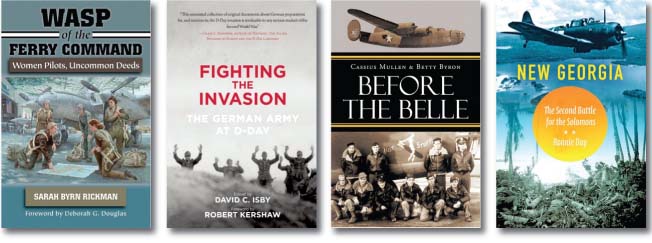
Wasp of the Ferry Command: Women Pilots, Uncommon Deeds
(Sarah Byrn Rickman, University of North Texas Press, Denton, 2016, 440 pp., photographs, notes, bibliography, index, $29.95, hardcover)
Soon after World War II began, U.S. Army Air Corps commanders realized they lacked enough pilots to carry out the mission of ferrying newly built training aircraft from the factory to the airfields where a new generation of flyers would learn to take warplanes into the air. A woman named Nancy Love gathered a group of 28 female pilots to carry out the duty. Later, a flight school for women trained more pilots to join them in this unglamorous but vital task. After production of trainer aircraft ceased, these women were retrained to fly fighters and began ferrying them to New Jersey so they could be shipped overseas for combat use. In all, more than 100 women served as Ferry Command Pilots, doing what they could to serve their country in its time of need.
This is the author’s third work on the subject, and her expertise shows in the detailed narrative and clear prose. This subject has long been unexplored, and it formed one small step in the gradual sweep of social change in the 20th century, a phenomenon the war only accelerated. The dedication and perseverance of these women is shown to advantage, and the book is liberally illustrated with period photographs of the pilots performing their duties.
Fighting the Invasion: The German Army at D-Day
(Edited by David C. Isby, Frontline Books, Yorkshire, UK, 2016, 256 pp., maps, photographs, index, $14.99, softcover)
Fritz Ziegelmann, a lieutenant colonel in the German Army’s 352nd Infantry Division, was abruptly awakened at midnight on June 5, 1944. Enemy parachutists had been reported nearby at Caen. As a staff officer for his division, he went ahead and ordered all units to an increased air raid warning. An hour later reports of several companies of paratroopers near Carentan came in. More reports followed, and German infantry was dispatched to deal with them but they were delayed when their French truck drivers claimed “engine trouble.” Over the next few hours a handful of prisoners were brought in, Americans wearing the patch of the 101st Airborne Division. Not long afterward Ziegelmann learned the beach areas were being bombarded; soon a regimental commander reported inbound landing craft. The division staff began issuing orders, but communications became spotty. For a while it seemed the Germans were holding their own against the assault, but around 11 am the weather cleared and hordes of Allied fighter bombers attacked. It was the start of a long day for the division staff, and the beginning of the end of a long war.
Numerous books on D-Day can be found on any bookstore shelf; what makes this volume stand out is its perspective. The entire story is told from the point of view of the defending German troops. It is a compilation of after-action reports from various German officers telling their piece of the story as they saw it on that fateful day. Each section of the book covers a different topic: the preparations, how the defense was organized, the invasion itself, and the counterattacks carried out that day.
Before the Belle: The Chronicle of Hot Stuff, the First Eighth Air Force Heavy Bomber to Complete Twenty-Five Combat Missions During World War II
(Cassius Mullen and Betty Byron, Page Publishing, New York, 2016, 338 pp., maps, photographs, bibliography, $18.95, softcover)
At 9:22 am on May 3, 1943, a lone Consolidated B-24 Liberator bomber named Hot Stuff took off from Bovington Aerodrome in England bound for the United States. It had to stop in Iceland to refuel. The weather was bad, and the pilot took his plane down as he searched for the airfield at Keflavik. It appeared once through the heavy clouds, and the bomber circled, dropping flares to announce its intent to land. Still the weather prevented a landing. The B-24 continued to circle until the pilot decided to divert to another airfield. As the pilot turned his craft, a mountain suddenly loomed ahead. Contact with Hot Stuff was lost at 3:30 pm. All but one of the crew was killed, including Lt. Gen. Frank Andrews, commander of all U.S. Forces in Europe.
The authors present a convincing case that Hot Stuff was the first heavy bomber in the Eighth Air Force to complete 25 missions. In fact they maintain the bomber completed 31 missions and document each of them. Even if the reader disagrees about whether this bomber was the first to 25, the book is a fascinating look at the almost day-to-day life of a bomber crew and their aircraft, with descriptions not only of their missions, but base life, leave in London, and flights to other theaters of operation, such as the Middle East.
New Georgia: The Second Battle for the Solomons
(Ronnie Day, Indiana University Press, Bloomington, 2016, 272 pp., maps, photographs, notes, bibliography, index, $35.00, hardcover)
In November 1943, the Americans won the Naval Battle of Guadalcanal, a second turning point in the Pacific War after the Battle of Midway. Afterward, they attacked up the Solomons Island chain. They would fight the Japanese at New Georgia on land, sea, and air from March through October 1943. It was really a series of battles, with names such as Kula Gulf, Bairoko Harbor, and Vella Lavella. Air power would prove crucial to victory, and the skies over New Georgia were often filled with fighters and bombers engaged in equally desperate if unnamed struggles. Meanwhile, soldiers and Marines fought their Japanese counterparts in the jungles below.
Many of the engagements, landings, and fights that took place during this campaign are worthy of a book of their own; this volume takes a look at each and how these events combined to influence the final outcome. The author weaves a narrative that effectively tells the reader a complex tale in a simple, readable style. Sadly, the author, a history professor at East Tennessee State University, passed away before the publication of this work. The book is a fitting tribute to his love of history and skill as a writer.
Originally Published in the April 2017 Issue of WWII History Magazine
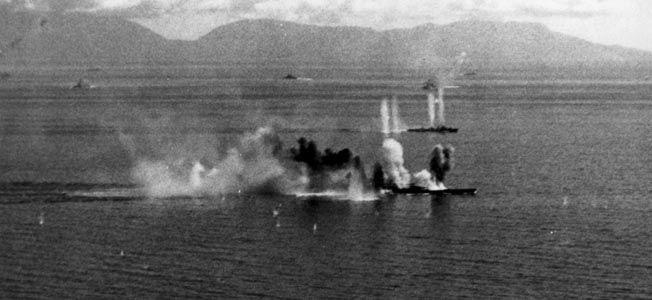

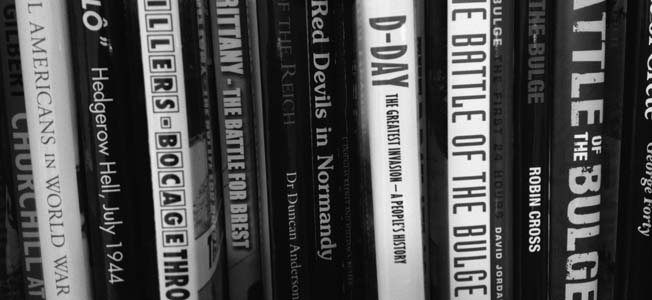

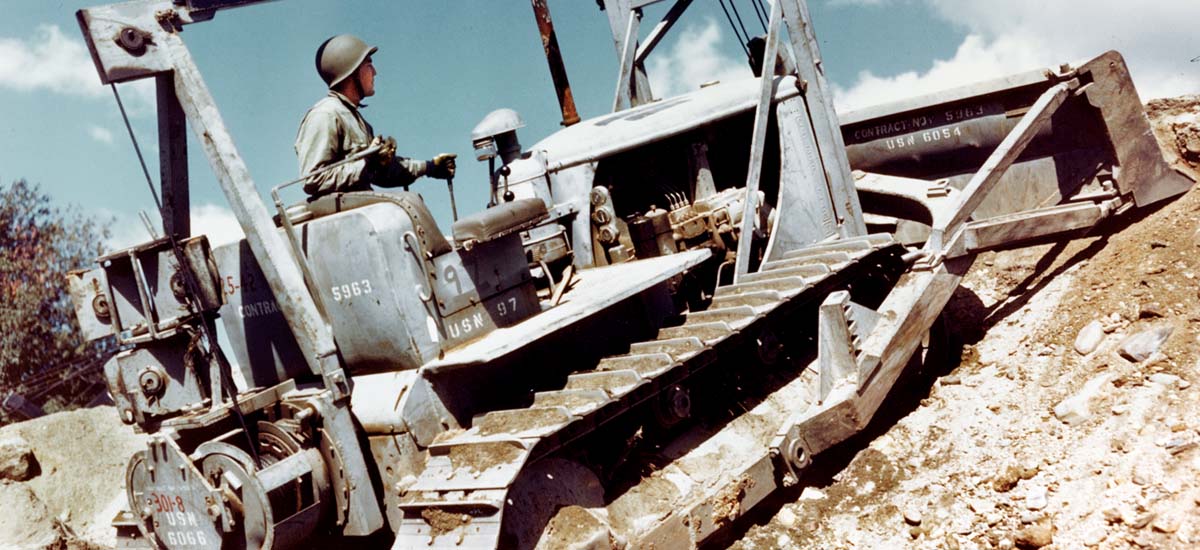
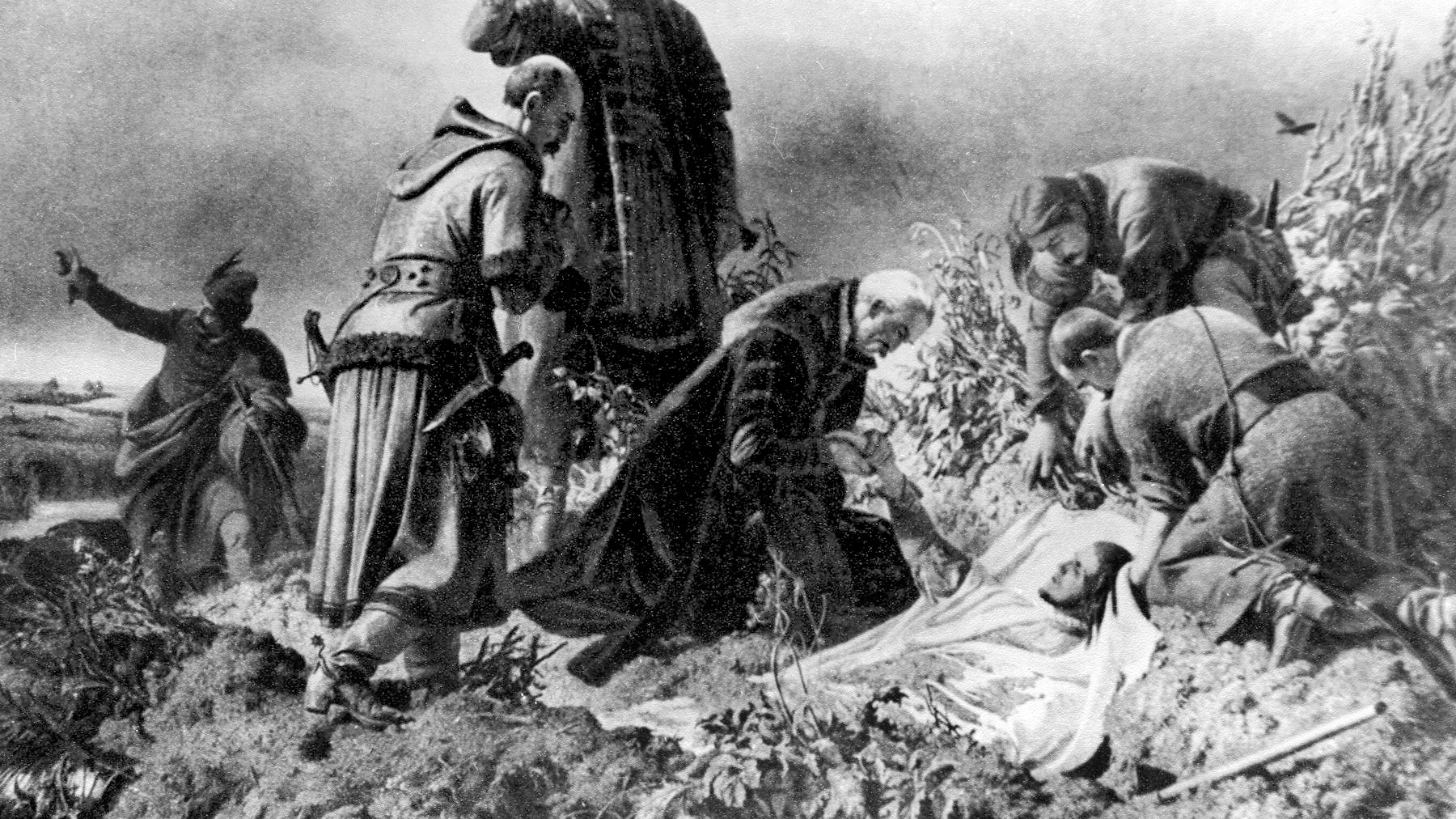
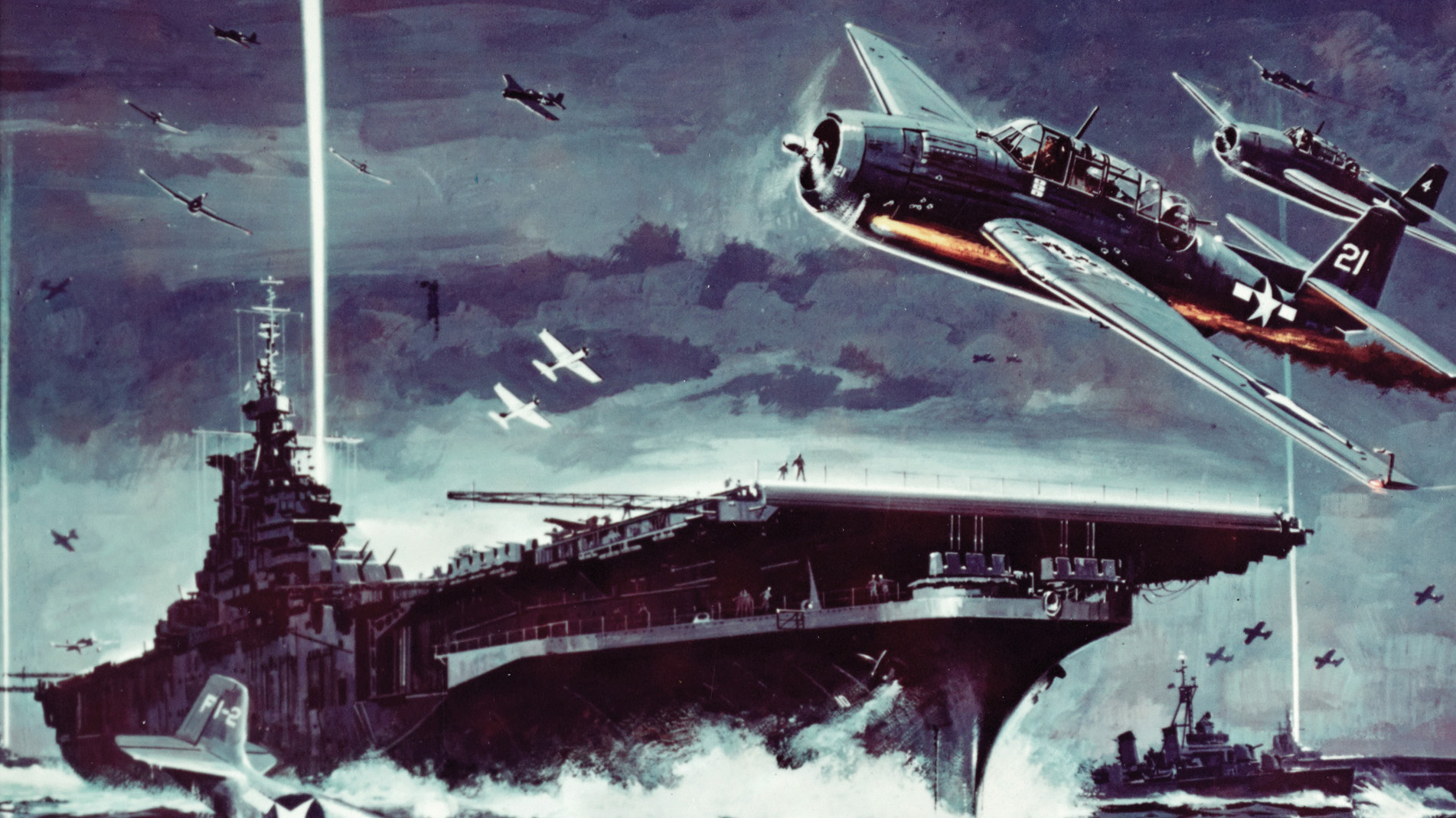
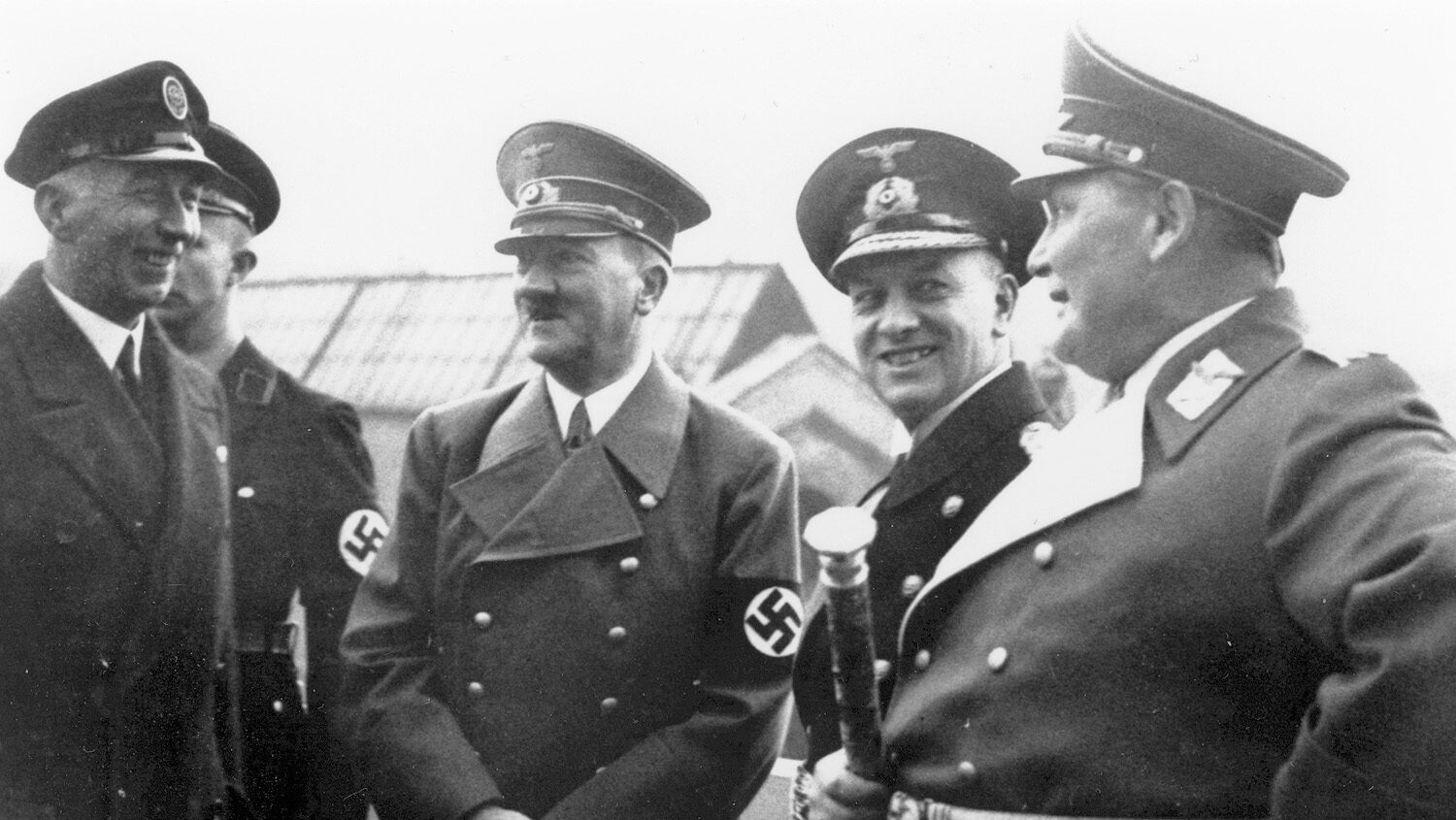
Join The Conversation
Comments
View All Comments